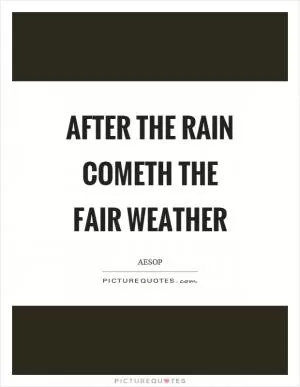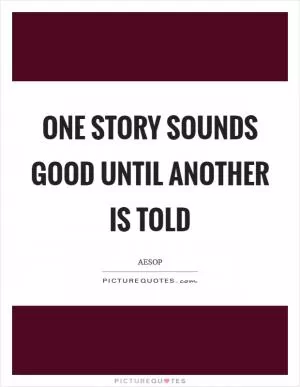Vices are their own punishment

Vices are their own punishment
In the fables of Aesop, the idea that vices are their own punishment is a recurring theme that serves as a moral lesson for readers. Aesop's fables often feature characters who exhibit negative traits such as greed, arrogance, or dishonesty, and these characters ultimately face consequences for their actions. Through these stories, Aesop teaches his audience that engaging in vices will inevitably lead to suffering and unhappiness.One of the most famous examples of this theme can be found in the fable of "The Dog and the Shadow." In this story, a dog is carrying a piece of meat in his mouth and sees his reflection in a pond. Thinking that the other dog has a larger piece of meat, he decides to snatch it away, only to lose his own piece in the process. The dog is left with nothing, realizing that his greed has caused him to lose what he already had. This fable illustrates the idea that vices such as greed can lead to self-inflicted punishment.
Another example of this theme can be seen in the fable of "The Boy Who Cried Wolf." In this story, a young boy repeatedly tricks the villagers into thinking that a wolf is attacking the sheep, only to reveal that he was lying each time. When a real wolf finally appears and the boy cries for help, the villagers do not believe him, and the sheep are devoured. The boy's dishonesty and deceit ultimately lead to the destruction of the flock and his own credibility. This fable serves as a cautionary tale about the consequences of lying and the importance of honesty.
Overall, Aesop's fables emphasize the idea that vices such as greed, dishonesty, and arrogance will ultimately lead to negative consequences for the individual who engages in them. By illustrating the self-inflicted punishment that comes from indulging in these negative traits, Aesop teaches his audience the importance of virtuous behavior and the dangers of succumbing to vices. Through these timeless stories, Aesop imparts valuable moral lessons that continue to resonate with readers of all ages.












 Friendship Quotes
Friendship Quotes Love Quotes
Love Quotes Life Quotes
Life Quotes Funny Quotes
Funny Quotes Motivational Quotes
Motivational Quotes Inspirational Quotes
Inspirational Quotes